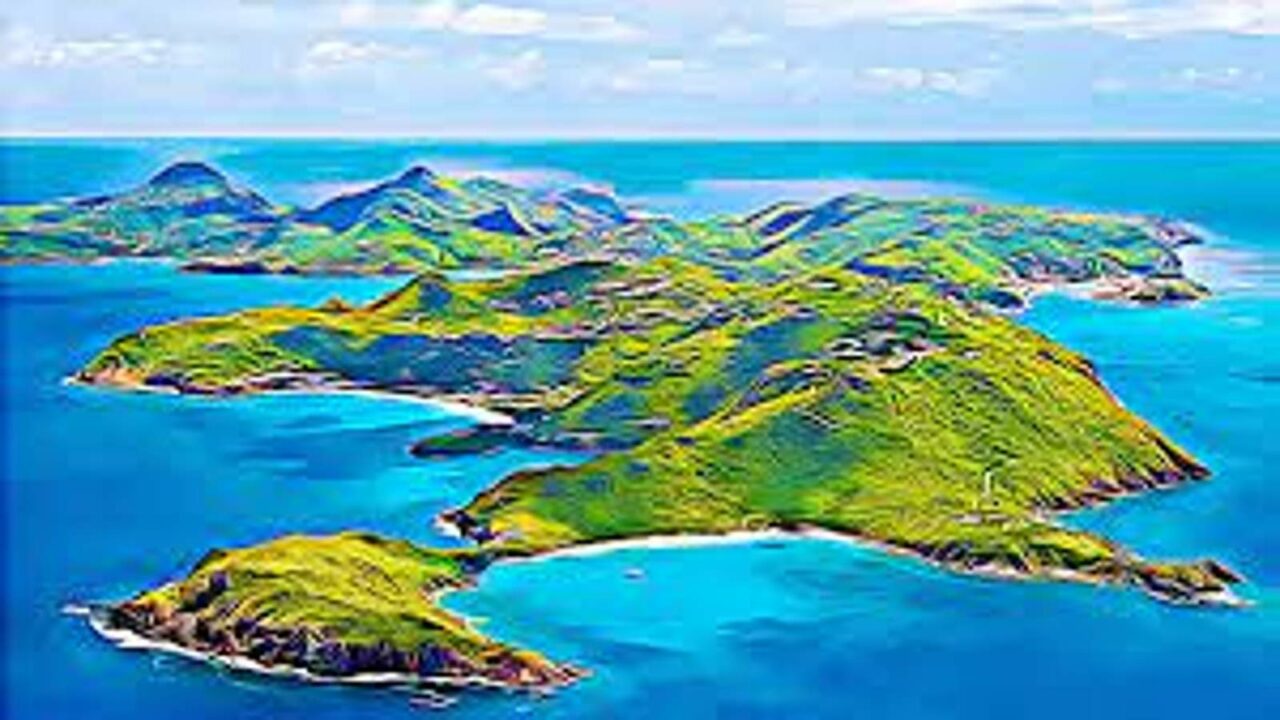Abolition Day is observed on May 28 on the Caribbean island of Saint Martin to commemorate the day slavery was abolished. A significant day for all French colonies that adopted this law, Abolition Day is also celebrated with great pomp and circumstance in Saint Martin. This national holiday is observed by the closure of businesses, colleges, and other locations; in the past, there have also been week-long celebrations around this time.
HISTORY OF ABOLITION DAY (SAINT MARTIN)
Saint Martin, like many other Caribbean islands that were once French colonies, has a long history of slavery and involuntary labour. When Christopher Columbus discovered Saint Martin, it was referred to as ‘Soualiga’ or ‘Island of Salt’ and was inhabited by indigenous people. Immediately thereafter, he claimed it as Spanish territory, despite the fact that the Spanish preferred to reside in far more lucrative and prosperous colonies. They were also the first to bring slaves to the island, but the numbers remained low because the Spanish were preoccupied with other regions.
This largely uninhabited island drew the attention of the French and Dutch, the former of whom desired to colonise multiple Caribbean islands and the latter of whom desired to expand their empire. Saint Martin was, after all, a convenient midway point between their colonies. By 1648, the Spanish had abandoned the land, and after some initial territorial disputes, the French and Dutch each seized control of a portion of the island. As with every intriguing element of history, there is a legend associated with this land division. According to the legend, the two sides conducted a contest in which one soldier from each side had to simultaneously walk in opposite directions. The land they occupied for an allotted time would be theirs. The story concludes with the Frenchman using a shortcut to cover more territory and the Dutchman becoming diverted, resulting in the French gaining more territory in Saint Martin. The size and proximity of the French military’s warships likely resulted in them gaining a larger portion of the land, despite this being a prevalent myth at the time. In the years that followed, the French and Dutch engaged in numerous boundary skirmishes with one another until 1815, when the island was divided permanently.
Despite all of this, the island’s production of cotton, tobacco, and sugar increased by twofold. And as production increased, so did the demand for labour, particularly indentured labour. On these plantations, so many slaves were brought in to labour that their numbers quickly surpassed those of the slave owners. As in other colonies, slaves revolted against their owners’ maltreatment and oppression. In the nineteenth century, when France abolished slavery, this statute was also implemented on the French side of Saint Martin. If their demands were not met, the slaves on the Dutch side of the island threatened to flee to the French side of Saint Martin. The local authorities conceded and permitted emancipation on the island, but it would be 15 years before the Dutch abolished slavery in all of their colonies and the slaves on the island were genuinely liberated.
National Hamburger Day 2023 (US): History, Dates and Facts
National Brisket Day 2023 (US): Activities, Significance and Dates
Nothing to Fear Day 2023 (US): History, Dates and Facts
5 INTERESTING FACTS ABOUT SAINT-MARTIN
One island with dual titles
To establish a distinct identity, the French began referring to their side of the island as “Saint Martin,” whereas the Dutch referred to their side as “Saint Maarten.”
It is the earliest open border in the world.
Since the Treaty of Concordia in 1648, the Dutch and French sides of the frontier have been open for so long that they are officially the oldest open-border country in the world.
The only island in the Caribbean with two carnivals.
The French celebrate their funfair in February, while the Dutch celebrate theirs in April.
Tourism is their primary profession
The Dutch side began in the 1950s and the French side a few decades later, but today both sides rely heavily on tourism to stimulate their economies.
The Dutch coast is renowned for its beaches.
St. Maarten claims the world record for the greatest number of beaches per unit of land area.
ABOLITION DAY (SAINT MARTIN) DATES
| Year | Date | Day |
|---|---|---|
| 2023 | May 28 | Sunday |
| 2024 | May 28 | Tuesday |
| 2025 | May 28 | Wednesday |
| 2026 | May 28 | Thursday |
| 2027 | May 28 | Friday |


















